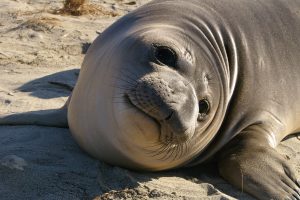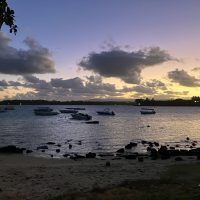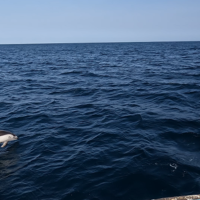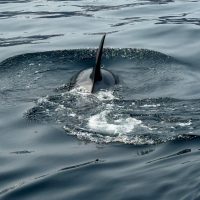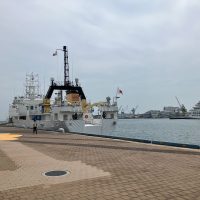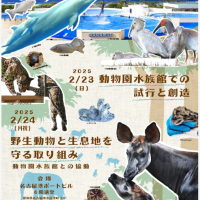Yoko Mitani, Russel D. Andrews, Katsufumi Sato, Akiko Kato, Ysuhiko Naito and Daniel P. Costa.
Biology Letters 6: 163-166 (2010), doi: 10.1098/rsbl.2009.0719
要旨:キタゾウアザラシは北太平洋を回遊している間,まったく陸地にはあがらず,潜水と潜水の間に水面に滞在する時間も数分間でしかない.ほとんどずっと深い潜水を繰り返しているのである.いったい彼らはいつ休んでいるのだろうか?これまで,「ドリフトダイブ」と呼ばれる潜水(潜降の途中で,速度がゆっくりになる潜水)が休息のための潜水であると考えられてきた.このドリフトダイブ中の行動を回らかにするため,3Dデータロガー(3軸加速度・3軸地磁気・速度・深度・温度を計測)をキタゾウアザラシの未成熟個体に装着し,体軸角度や3次元の潜水経路を再現した.この結果,ドリフトダイブにおいてゆっくりと潜降している間,アザラシはお腹を上にして規則的に揺れながら,大きな円を描くように,つまり落ち葉が落ちるように潜降していることが明らかとなった.このような潜降をすることによって,アザラシは潜降速度を遅くすることができ,「目覚めたときは海の奥底」という状況を回避でき,水面へと息をしに浮上するための距離も短くすることができる.このような潜水により,捕食者のいない水深で休息することができるのだろう.
Abstract: During their long migrations through the Pacific, northern elephant seals, Mirounga angustirostris,
never haul out on land and they rarely spend more than a few minutes at a time at the surface. They are almost constantly making repetitive, deep dives, raising the question of when do they rest? One type of dive, the drift
dive, characterized by a time-depth profile with a phase of lower than average descent speed is believed to be a resting dive. To examine the behaviour of seals during drift dives, we measured body position and three-dimensional diving paths of six juvenile seals. We found that seals rolled over and sank on their backs during the drift phase, wobbling periodically so that they resembled a falling leaf. This enabled seals to drastically slow their descent rate, possibly so that negatively buoyant seals can rest without ending up in the abyss. This reduces the work required to return to the surface to breath, and allows them time to rest, process food or possibly sleep during the descent phase of these dives where they are probably less susceptible to predation.
